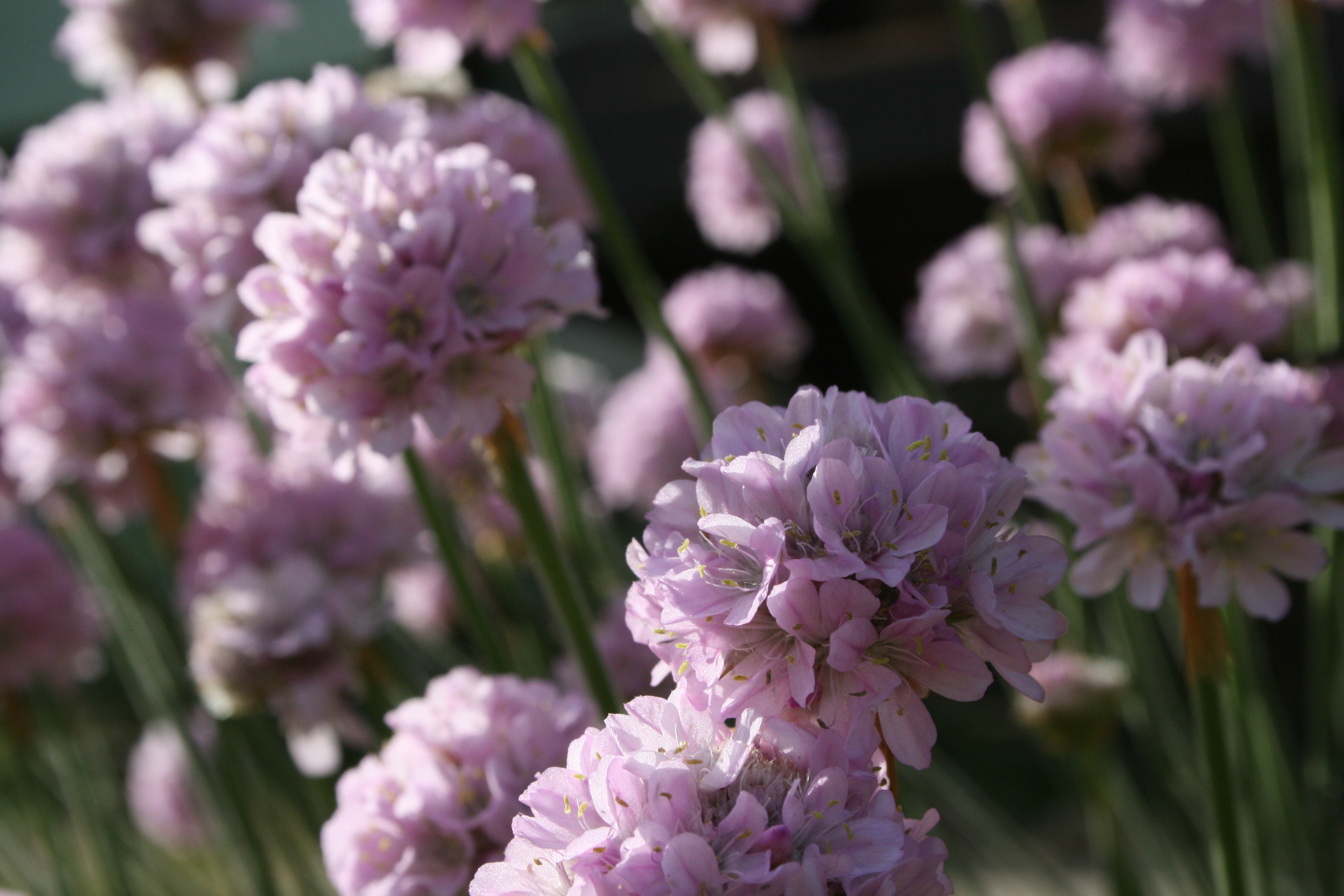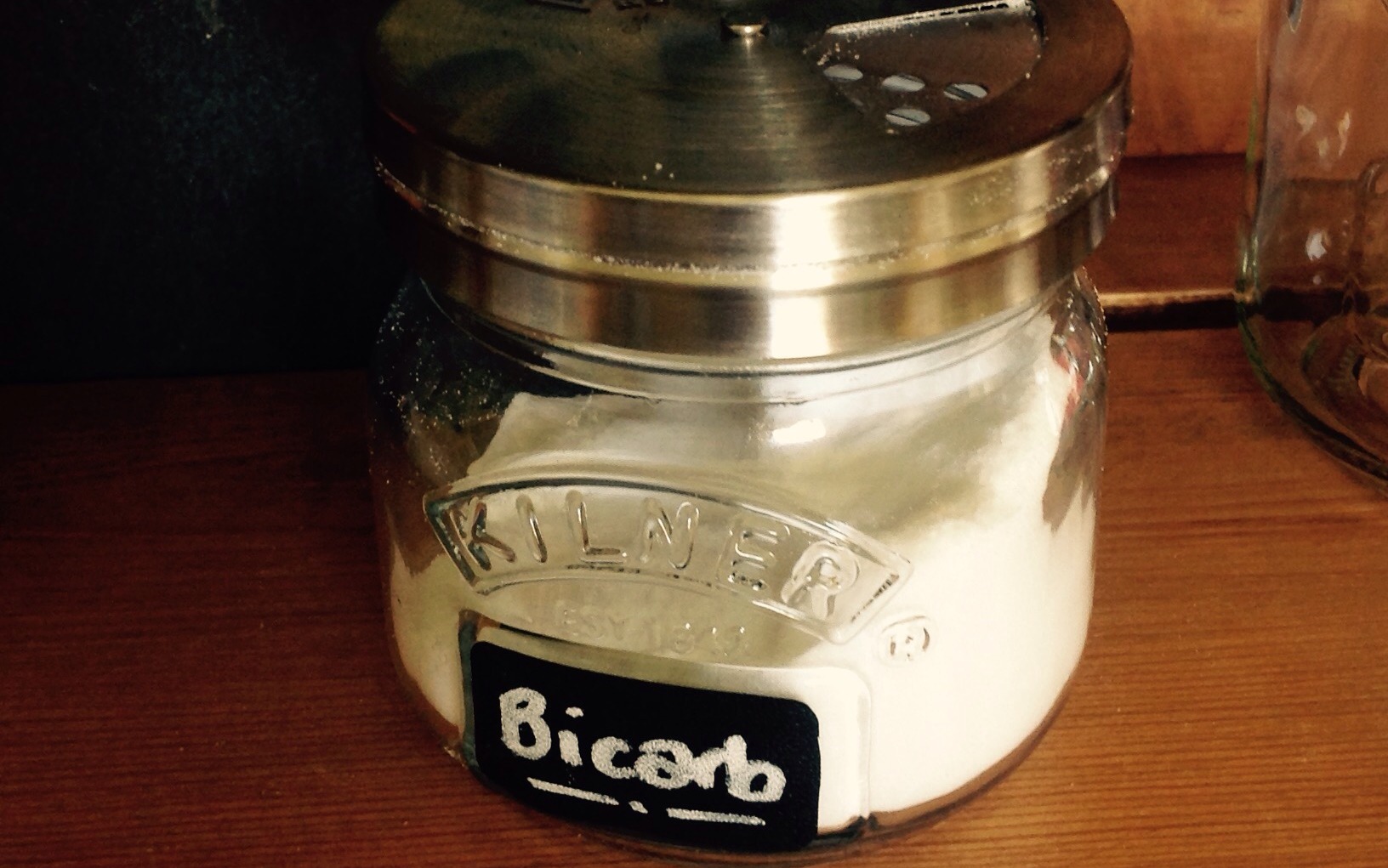I have tried not to use commercial laundry detergents for a few years now. First I tried soap nuts, little dried fruit shells that contain a lot of saponin (soap). They are supposed to be hypo-allergenic, can be reused several times and are compost-able. The grey water can be used in the garden too, which was something that we were interested in (although haven’t actually got round to implementing a grey water system). The downside was that they don’t grow in the UK and so have to be shipped in from much hotter countries. Once I started using them in the washing machine, I found that I needed to use a higher temperature to get a good clean and at the time, my washing machine took about two hours to wash at anything warmer than 30 degrees! I liked the fact that you used them 3 or 4 times before they were ‘used up’ and they then had a 5th use in the compost. Unfortunately, sometimes the little bag they are used in would come open and then you’d have little pieces of the shells all over your clothes. This was easily solved by using a reusable bag clip (the sort you might reseal your loaf of bread with) to hold the top of the bag closed. I had also tried making hand soap out of it by boiling the ‘nuts’ to extract the soap. The hand soap was OK, but I REALLY hated the smell of the soap nuts boiling. So the box I had went under the sink and has stayed there ever since.
Around that time, I was given some ‘eco balls’ as a birthday gift (maybe a strange gift to some, but exactly the sort of thing that I like!). These had little ‘pellets’ (refillable) contained within a hard plastic ball and a foam ‘cushion’ around that to stop them making so much noise in the machine and possibly damaging clothes. These were really easy to use – just throw in the machine (there were two of them in the pack) and away you go. These I used for much longer than the soap nuts (in fact I’ve been using them for most of the last 2 years), but again, they seem to work better at hotter temperatures and whites certainly need something a bit extra to keep looking good. And if anything was heavily soiled with perspiration, mud, etc then I would often end up putting these things through at least 2 wash cycles to get clean. So, I would often end up being tempted to buy a small bottle of well known commercial washing liquid or powder for washing heavier soiled things, whites and towels. I think I just never really believed that things were getting very clean.
I had been getting more and more reliant on commercial detergents again, and I even bought a pack of the liquid filled capsules recently – ridiculously expensive and have more liquid in each one than you need so is quite wasteful in my opinion. I made the decision to change my ways, do some research and try to find some alternatives. Another Pintrest trawl put me onto this tutorial for a laundry soap made with castile soap and bicarb – as you know, 2 of my current favourite things! It seemed pretty simple and I was drawn to the limited ‘ingredients’ list. I have seen many other tutorials for home made laundry soap and most contain Borax or hydrogen peroxide and a whole variety of things, which is really not what I was after.
I had the necessary ingredients to hand so there was really no reason not to try it. It was very simple to make which is always a plus! I used the first dose on some bedding – it seemed to come out looking, feeling and smelling clean. I didn’t bother adding any essential oil as the castile soap I was using was scented anyway, so the laundry only had a very subtle scent which I prefer anyway. The following day, I went to put on another load of laundry, this time a coloured load with a fairly stinky t-shirt, and the liquid had completely separated and not even vigorous shaking of the bottle would mix it. I had to give it a really good stir with a spoon and was thinking that it was going to be very impractical if I was going to have to do that every time I wanted to use it. The second load again came out fresh as a daisy, even the stinky t-shirt. By the late evening, the liquid hadn’t separated like it did before, only slightly, and was easily mixed together by giving the jar a quick shake. This was much more what I was expecting, leading me to the conclusion that I didn’t mix it enough first time. I will keep using this for now, I’ll let you know how I get on.
Let me know in the comments if you use an alternative laundry detergent, what are your motivations for doing so?
Thanks for reading!





